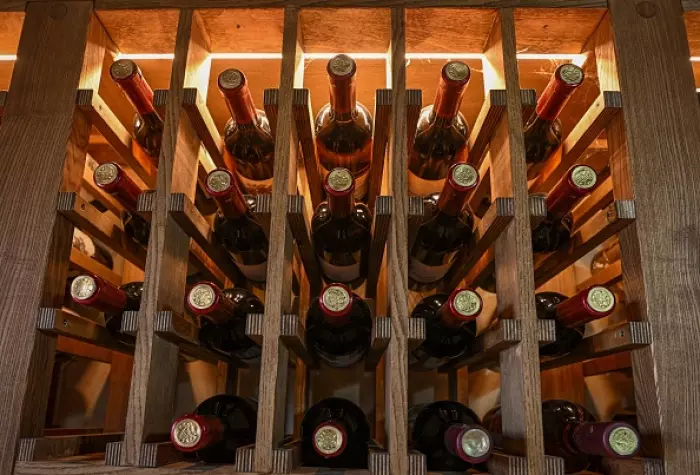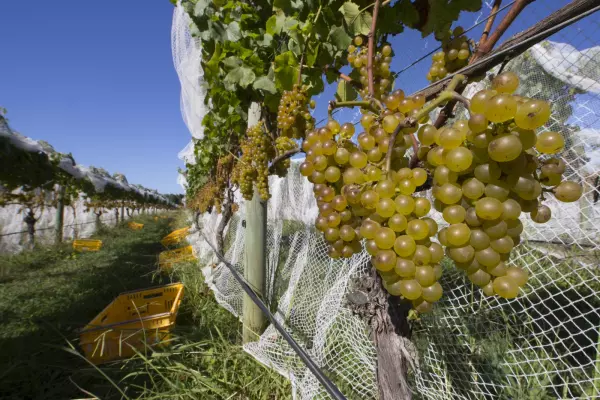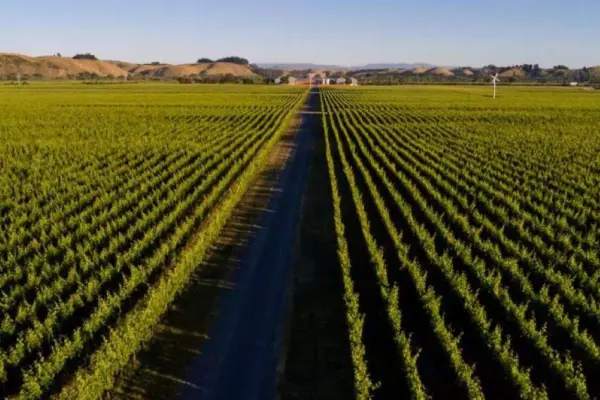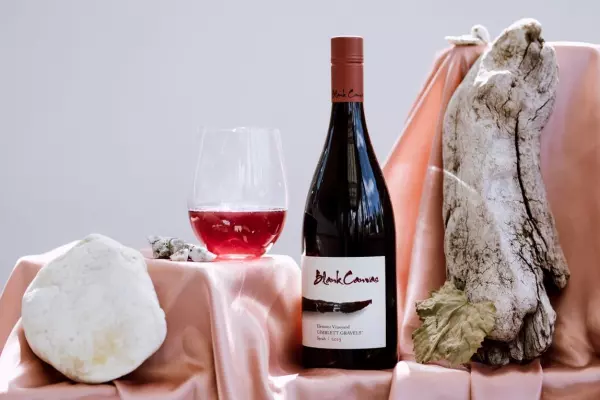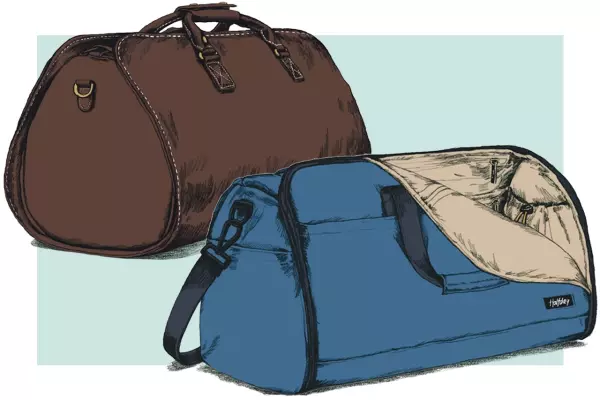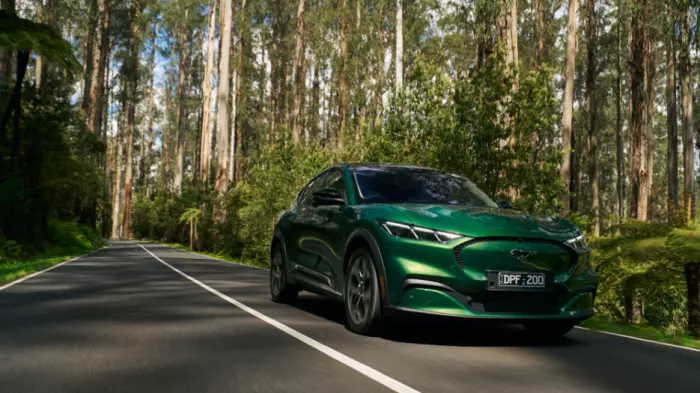An increasing number of people are starting wine cellars. An informal survey of students at my wine certificate course suggests interest in cellaring has never been greater.
My definition of a wine cellar, by the way, is “a stash of at least a dozen bottles”.
“A string of good vintages has encouraged people to buy now and drink later,” says Kingsley Wood, proprietor of First Glass Wines in Takapuna, Auckland. He may well be right.
Near-perfect harvest conditions in 2019, 2020 and 2021 have produced many top, cellar-worthy wines.
Covid may have encouraged a hoarding mentality. Wine is one of the few products that can get better with age.
Hooray for screw caps
Screw caps may also have played a part in delayed drinking. Wines sealed with these develop more slowly than those sealed with corks. I estimate screw caps can more than double the life of a bottle of wine.
The first question anyone new to wine cellaring asks is, “How to cellar?” The second question is, “What to cellar?”
Wines should be stored in a cool spot away from temperature extremes. An Auckland basement is not bad, but a temperature-controlled cabinet set at 14C is perfect.
Bottles with corks should be stored on their side; those with screw caps can be placed in any position. All wines should be stored in the dark, preferably away from movement, in a place such as under the stairs.
What to cellar
What to cellar is a rather more difficult question.
“Choose wines that you like” is an obvious yet perhaps unhelpful response. Instead, I will offer general comments about wines in four categories, from those that can be stored for more than 30 years, to those that need to be enjoyed in less than 10.
The baseline for my cellaring recommendations is the vintage date. Non-vintage wines, such as most sparkling wines, sherries, and tawny or ruby port, are not recommended because their age is unknown.
Wines over 30 years
Fortified wines with a vintage date, such as vintage port and madeira, are long-distance runners (I have enjoyed a 1793 madeira in prime condition). You might consider spirits such as scotch, rum or cognac, choosing an established brand that has historically gained value.
Example: 2016 Taylors Vintage Port (blackmarket.co.nz, $149.99). Enjoy by 2050.
Wines 20-30 years
Red wines have a little more lasting power than white wines, although good examples of chenin blanc, riesling and botrytised sweet wines may go the distance.
Choose intense examples of syrah, cabernet sauvignon and blends (preferably with a screw cap, although these can be hard to find).
You will significantly increase your chance of success by storing the wine under temperature-controlled conditions.
Top regions are Waiheke (particularly for syrah) and Hawke’s Bay.
Top recent vintages: 2019, 2020, 2021 (Waiheke and Hawke’s Bay).
Example: 2020 Craggy Range “The Quarry” Cabernet Sauvignon, Hawke’s Bay (available at Glengarry Wines, Auckland, for $129.50)
Wines 10-20 years
Most red wines sealed with a screw cap will offer good drinking after 10 years, and many make it to 20 years given careful storage. These include premium pinot noir (with a price tag of $35 or more), merlot, cabernet franc, malbec and blended red wines.
Be aware that wines change with age, and the character of mature reds can be an acquired taste (less fruity, mellower, and with forest floor/beef tea flavours).
Top regions (red): Hawke’s Bay, Martinborough, Waipara and Central Otago.
Top vintages: 2019, 2020, 2021.
Ten years is a bit of a stretch for most chardonnays but good chenin blanc and riesling should manage 15 or even 20 years of careful cellaring.
Example, red: 2019 Ata Rangi Pinot Noir, Martinborough (Ata Rangi, $80). Drink by 2040.
Example, white: 2021 Felton Road Block 1 Riesling, Central Otago (Finer Wines, Bay of Plenty, $54.95). Drink by 2035.
Wines 0-10 years
Rosé should be enjoyed as soon as possible while the wine’s flavours are at their freshest best. Sauvignon blanc can surprise as it morphs into a more mellow, chardonnay-like character with up to 10 years’ bottle age.
If you like the fruitiness of pinot gris, drink it within four years. Gewürztraminer can be delicious after 8-10 years, which surprises many people. Chardonnay can benefit from a few years in bottle, which allows it to become more mellow and often more complex, but I would certainly recommend drinking it before the 8- to 10-year mark.
Top region for sauvignon blanc: Marlborough.
Top regions for pinot gris: Hawke’s Bay; Marlborough, Central Otago.
Top region for chardonnay: Hawke’s Bay.
Top recent vintages: 2019, 2020, 2021
Example, sauvignon blanc: 2021 Cloudy Bay, Marlborough (Whisky and More, Waikato, $33.99).
Example, pinot gris: 2019 Greywacke, Marlborough (Fine Wine Delivery Company, Auckland, $28.99).
Example, gewürztraminer: 2021 Dry River, Martinborough (Moore Wilson’s, Wellington, $49.95).
Example, chardonnay: 2020 Neudorf Home Block Moutere (Neudorf Vineyards, Nelson, $45).


